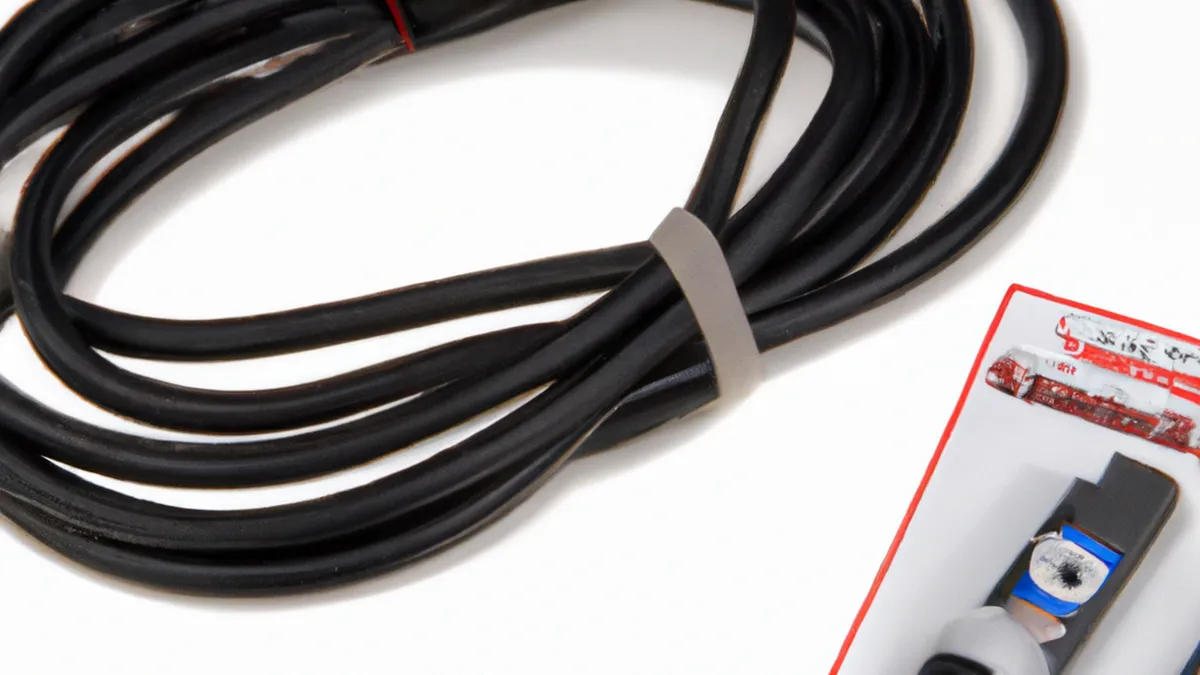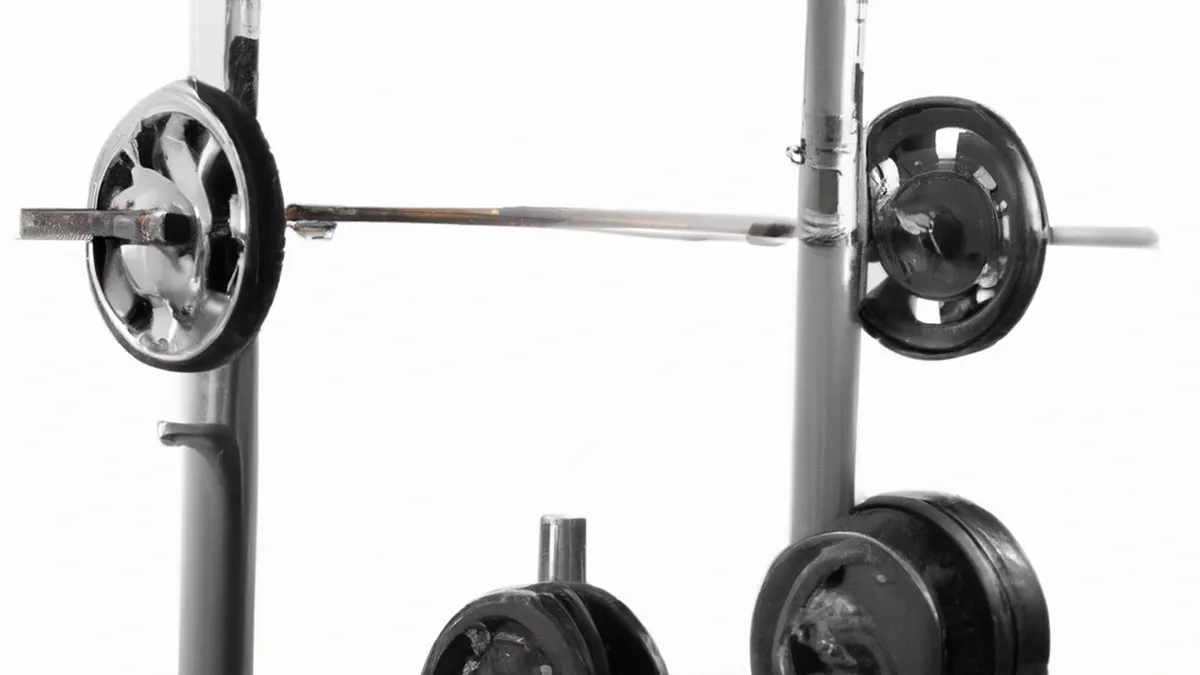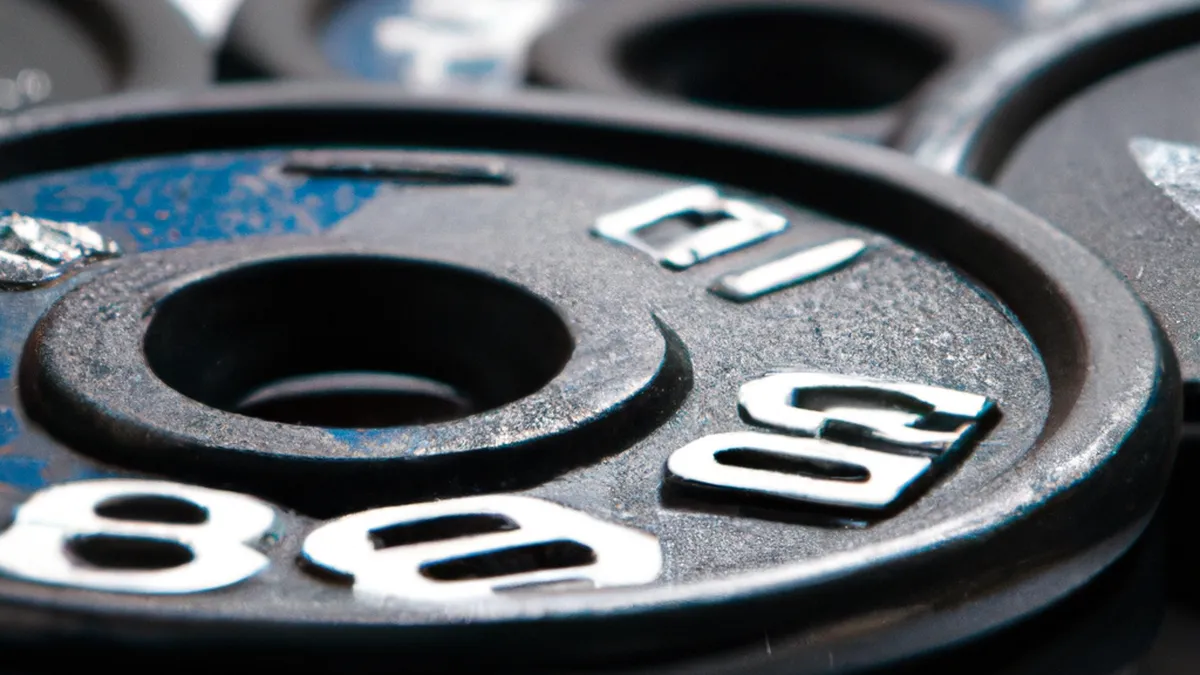Add Variety to Workouts with Cable Accessories
How to Create a Comprehensive Fitness Program with Cable Attachments
Creating a comprehensive fitness program transforms your workout routine. Cable attachments provide diverse exercises for various muscle groups. This blog post will help you design an effective fitness program using cable attachments. You will find tips and benefits to maximize your workouts.
Understanding Cable Attachments
Cable attachments include handles, bars, and straps, each targeting specific muscle groups. For instance, a tricep rope builds tricep strength, while a straight bar effectively targets the back and biceps. Understanding these attachments is vital for a balanced fitness regimen.
Benefits of Using Cable Attachments
**Versatility**: Cable attachments offer excellent versatility. You can perform a wide range of exercises for all muscle groups, enhancing your workout.
**Constant Tension**: Unlike free weights, cable attachments provide constant tension on your muscles. This approach promotes greater muscle engagement, leading to muscle growth and endurance.
**Functional Training**: Cable machines enable functional movements that mimic everyday activities. These exercises improve your strength and stability for daily tasks.
**Adjustability**: Most cable machines allow easy weight adjustments. This feature suits all fitness levels, from beginners to advanced lifters. Start with lighter weights and increase them as you gain strength.
Designing Your Fitness Program
Begin your fitness program with a clear plan. Identify your goals: do you want to build muscle, lose fat, or enhance endurance? Next, decide how often you will work out. Aim for at least three to five sessions weekly.
Selecting the Right Exercises
Incorporating a variety of exercises builds a well-rounded program. Consider these essential movements:
1. **Chest Press**: Use a cable machine with handles or a straight bar. This targets your chest, shoulders, and triceps. Keep your elbows at a 45-degree angle to avoid strain.
2. **Cable Rows**: This exercise works your back and biceps. Attach a straight bar or handle at chest height and pull the cable towards your torso while keeping your back straight. Squeeze your shoulder blades together.
3. **Lateral Raises**: Grab two cable handles attached at the lowest setting. Raise your arms to the sides with a slight bend in the elbows. This targets your shoulders and upper back.
4. **Cable Squats**: Attach a rope at the lowest setting. Hold the rope close to your chest and perform squats to strengthen your lower body, including quads, hamstrings, and glutes.
Conclusion
In summary, using cable attachments can enhance your fitness program. They offer versatility, constant tension, and functional training. Incorporating various exercises helps you achieve your fitness goals effectively.
Below are related products based on this post:
FAQ
What are cable attachments and how do they benefit my workout?
Cable attachments include handles, bars, and straps designed to target specific muscle groups. They provide benefits such as versatility, constant tension on muscles, and the ability to perform functional movements that mimic everyday activities, enhancing your overall strength and stability.
How can I design an effective fitness program using cable attachments?
To design a comprehensive fitness program, start by identifying your goals—whether it’s building muscle, losing fat, or enhancing endurance. Plan to work out at least three to five times weekly and incorporate a variety of exercises, such as chest presses, cable rows, lateral raises, and cable squats, to ensure a balanced regimen.
Can cable machines accommodate different fitness levels?
Yes, most cable machines allow for easy weight adjustments, making them suitable for all fitness levels. Beginners can start with lighter weights and gradually increase as they gain strength, ensuring a safe and effective workout experience.















Post Comment